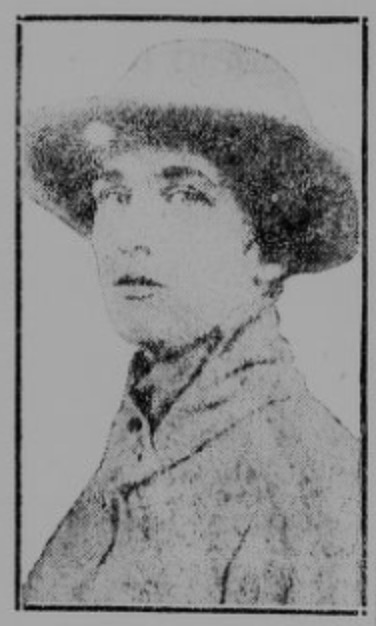Helen Davenport (Brown) Gibbons
Dublin Core
Title
Helen Davenport (Brown) Gibbons
Description
Helen Davenport Brown was born in Philadelphia in 1882 to Clement M. and Emily Eckert (Myers) Brown. She studied German and French at Bryn Mawr, graduating around 1905, and then pursued graduate work at Simmons from 1906 to 1907, possibly studying Household Economics. She married Herbert Adams Gibbons, a reverend and a doctoral student, in 1908 and accompanied him to Turkey, where she taught at a missionary college while her husband finished his doctoral thesis. While living in Turkey, the couple witnessed the Adana Massacre of 1909, and Helen gave birth to the first of her four children while trying to help Armenian refugees. She later wrote about her experiences in Turkey in her first book, The Red Rugs of Tarsus, published in 1917.
Though Gibbons supported women’s suffrage in the United States, most of her activist work took place abroad. By the time war broke out in 1914, she and her family were living near Paris, and Gibbons dedicated herself to providing food and lodging for American soldiers traveling to the front. At various times, she was a member of the Board of Managers of the Student Hostel in Paris, the Humane Education Society of Turkey, and the Woman’s Club of Constantinople. Gibbons also worked with the Red Cross and the YMCA, organizing efforts to gather infant supplies and care for displaced children in Paris. In 1919, she published two books about her time in France, Paris Vistas and A Little Gray Home in France.
After the war, Gibbons and her family returned to the United States, settling near Princeton University, where Herbert was a professor. Helen traveled the country, lecturing in English and French about her experiences living abroad. She also worked as a journalist, contributing articles to Harper’s and the Pictorial Review, and serving as a correspondent for Century Magazine at the Paris Peace Conference of 1919. Gibbons died in September of 1960, in Princeton, New Jersey.
Though Gibbons supported women’s suffrage in the United States, most of her activist work took place abroad. By the time war broke out in 1914, she and her family were living near Paris, and Gibbons dedicated herself to providing food and lodging for American soldiers traveling to the front. At various times, she was a member of the Board of Managers of the Student Hostel in Paris, the Humane Education Society of Turkey, and the Woman’s Club of Constantinople. Gibbons also worked with the Red Cross and the YMCA, organizing efforts to gather infant supplies and care for displaced children in Paris. In 1919, she published two books about her time in France, Paris Vistas and A Little Gray Home in France.
After the war, Gibbons and her family returned to the United States, settling near Princeton University, where Herbert was a professor. Helen traveled the country, lecturing in English and French about her experiences living abroad. She also worked as a journalist, contributing articles to Harper’s and the Pictorial Review, and serving as a correspondent for Century Magazine at the Paris Peace Conference of 1919. Gibbons died in September of 1960, in Princeton, New Jersey.
Creator
The New York Tribune
Date
April 5, 1919
Citation
The New York Tribune, “Helen Davenport (Brown) Gibbons,” Suffrage at Simmons, accessed December 13, 2025, https://beatleyweb.simmons.edu/suffrage/items/show/73.
